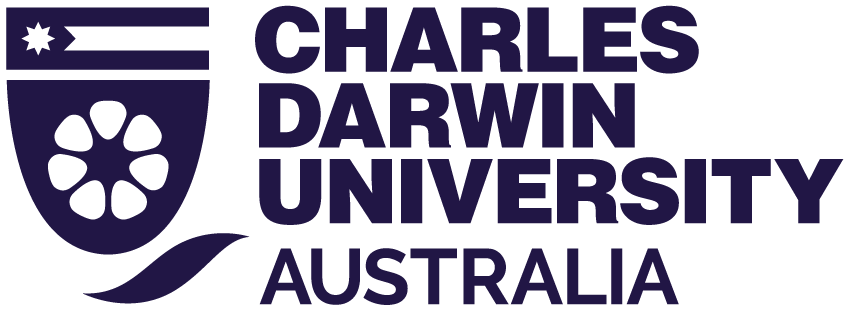3.1 When do we need a risk assessment?
Activity Risk Assessment
No Activity Risk Assessment (ARA) is required for the following:
- An activity with an item of plant/equipment that is being used as per the manufacturer’s specifications.
OR
- A chemical that is being used and managed in accordance with the chemical’s Safety Data Sheet (SDS).
An ARA is required for:
- one or more of the following hazards, but not limited to:
- Damage to people or the environment/flora/fauna occurring from the activity
- Tools, machines, or equipment used outside the manufacturer’s specifications e.g., modifications
- When weather conditions affect safety
- CDU workers feel the task is being undertaken in a stressful environment, e.g., task processes or physical hazards such as noise, lighting, scents, chemicals, vibrations, dust, fumes, mist, or vapours in the air, and others
- Injury due to the physical demands of the task is possible, i.e., strain from lifting, pushing, or pulling
- When workers can contact hot, cold, toxic, harmful, biological, or caustic chemicals or substances
- When workers are distracted from the task, i.e., visual, auditory, or other distractions
- Can anyone suffer from fatigue due to the endurance of the task, heat, or under the influence of substance/s
- Are faculty’s able to work well together, collaborate, cooperate, solve problems, and analyse changing situations and information
- When workers have time pressures associated with the task
- Is information accessible for recall and retrieval, or on demand
- Workers need to perform and/or monitor more than one task or function at a time, and identify when tasks or functions require attention
- when the task requires adaptability or flexibility
- when workers are exposed to confrontational/confronting situations
- Is the person in charge of the activity able to work effectively in the role of supervisor, respecting organizational values and policies while meeting objectives
- When there is a level of attention to detail required for the task
- When there is harmful radiation (sun or other sources)
- When someone is working in a remote location or alone
- Are there adequate resources for analysing problems, organizing information, resolving issues or generating solutions
- When traveling outside the 50-kilometre radius of the university
- When working outside the manufacturer information
Safe Work Method Statement (SWMS)
- Must be completed for any high-risk construction teaching or research activities.
- A SWMS is a written document that must identify the high-risk construction work activities to be carried out at a workplace, the hazards and risks to health and safety arising from these activities, the measures to be implemented to control the risks, and how the control measures are to be implemented, monitored, and reviewed.
- The person responsible for carrying out the high-risk construction work is best placed to prepare the SWMS in consultation with workers who will be directly engaged in the high-risk construction work.
- The control measures put in place to protect work Health and Safety must be regularly reviewed to make sure they are effective, by ensuring they remain fit for purpose, suitable for the nature and duration of work, and installed, set up, and used correctly
- For further information on Safe Work Method Statements, access; Construction Work
